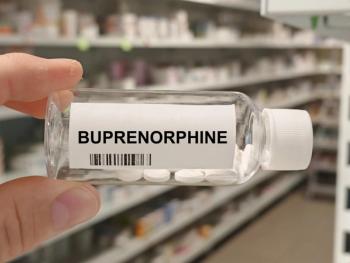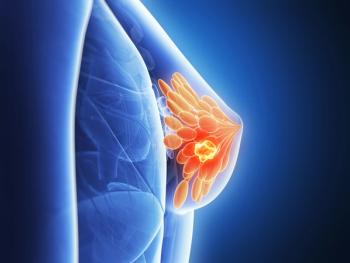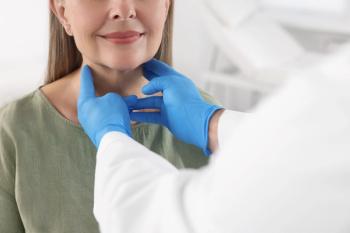
How Precision Dosing Technology Helps Prevent Adverse Events
Precision dosing technology uses multiple patient-specific factors to individualize medication doses, helping clinicians reduce medication errors that lead to adverse events.
While the eyes of the health care world have understandably been focused on mitigating COVID-19 over the past year, it is important that we remain focused on a critical patient safety issue that can lead to escalating costs and worse outcomes: adverse events (AEs).
Prior to the pandemic, AEs were responsible for
The AE problem persists in spite of numerous initiatives, such as an effort by the US Centers for Medicare and Medicaid Services to establish
However, new technology has emerged to help prevent AEs. Precision medicine, and more specifically, precision dosing technology, uses multiple patient-specific factors to individualize medication doses, helping clinicians reduce medication errors that lead to AEs.
Common Factors Driving AEs
One major cause of AEs is a one-size-fits-all approach to drug dosing that is all too common in our health care system. For example, 78% of 181 drugs approved from 2013 to 2017 had only 1 approved dosing regimen, according to a
Further, just 39% included response-guided dosing instructions in the labeling. Contributing to the problem is that many drugs are tested in fewer than
Another frequent factor driving AEs is polypharmacy, or the simultaneous use of multiple drugs for treatment. Many
In other cases, the limitations of the tools available to clinicians at the point-of-care via electronic health record (EHR) systems may lead to AEs. For example, some EHRs’ dose-range-checking alerts are unsophisticated and do not account for individual patient variability in drug response.
Clinician fatigue caused by EHR alerts and pop-ups also contributes to the likelihood of AEs in hospitals. In one notable and regrettable instance a hospitalized teenager was given a
Model-Informed Precision Dosing to Lessen AEs
Precision dosing technology, called model-informed precision dosing (MIPD)
MIPD approaches to dosing make real-world patient data more available to clinicians, helping to reduce AEs that result from medications having been tested only in limited populations. MIPD also helps limit alert fatigue for providers because the technology requires active participation from clinicians.
For example, rather than ignoring an alert that pops up in the EHR, with MIPD, clinicians actively assess a patient’s unique pharmacological profile, coupling data specific to the patient with machine learning and pharmacology models that determine the individual patient’s optimal dosing regimen.
MIPD is especially beneficial when used with narrow therapeutic index (NTI) drugs, which are “drugs where small differences in dose or blood concentration may lead to serious therapeutic failures and/or adverse drug reactions that are life-threatening or result in persistent or significant disability or incapacity,” according to the
For example, MIPD has already shown benefits in the
New Technology to Solve an Old Problem
Although many of the challenges facing health care, such as AEs, may have received less attention during the COVID-19 pandemic, they didn’t disappear and still require innovative solutions. By using multiple patient-specific factors to individualize medication doses, precision dosing technology holds the potential to enhance patient safety, promote better outcomes and lower health costs.
About the Authors
Michael Neely, MD, is a Professor of Pediatric and Clinical Scholar at the University of Southern California and the Children’s Hospital of Los Angeles (CHLA). He is the director of the Laboratory of Applied Pharmacokinetics and Bioinformatics at the Saban Research Institute, CHLA.
Sirj Goswami, PhD, is CEO and co-founder of InsightRX. Dr. Neely serves on the InsightRX Scientific Advisory Board.
Newsletter
Stay informed on drug updates, treatment guidelines, and pharmacy practice trends—subscribe to Pharmacy Times for weekly clinical insights.


















































































































































































































